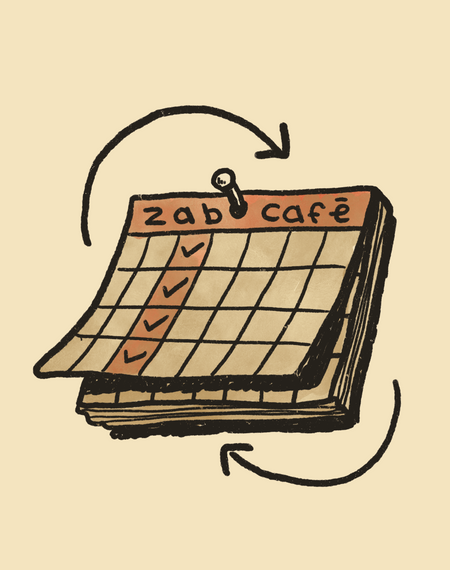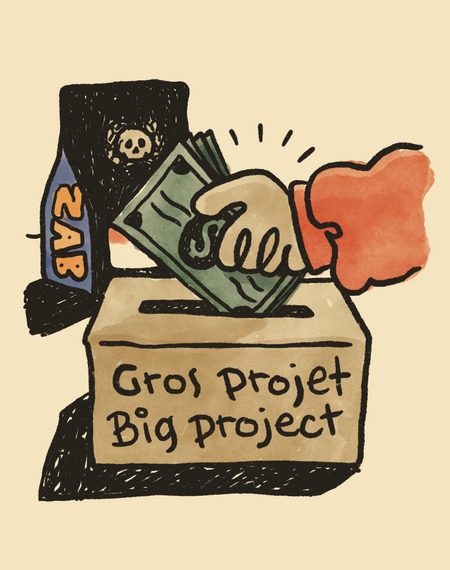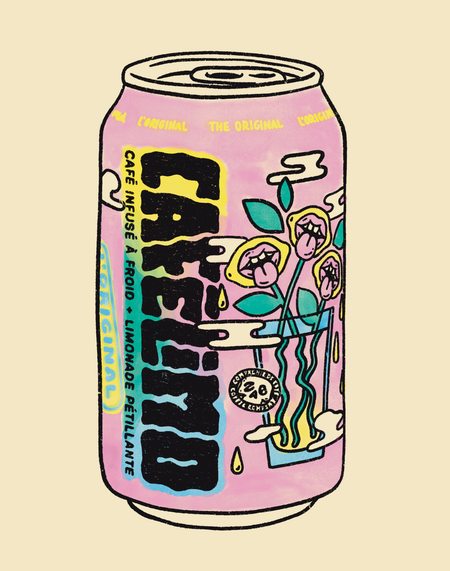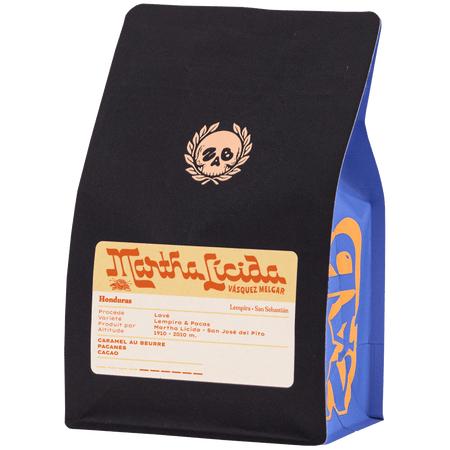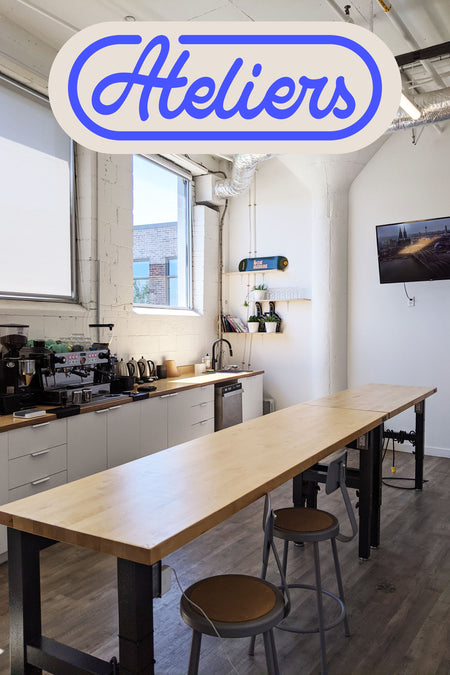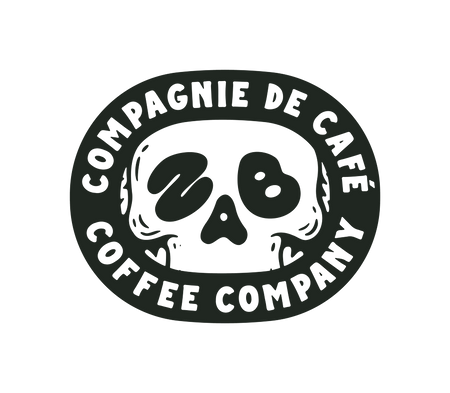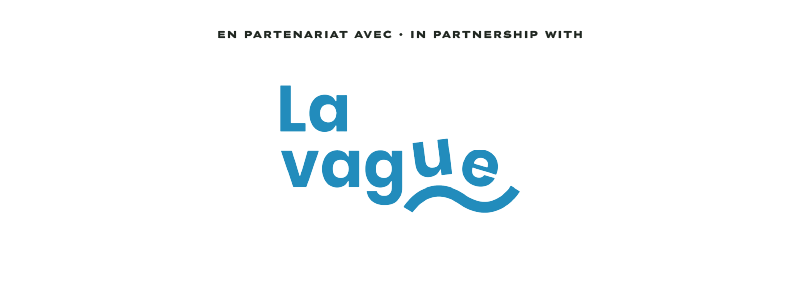300g and 808g bags
- Outer layer: PLA, 25µm
- Middle layer: 50g, 60µm white Kraft paper
- Inner layer: PLA, 60µm (300g) / PLA, 70µm (2lb)
PLA (polylactic acid):
- PLA is a biodegradable polymer of plant origin, derived from renewable sources such as sugar cane, corn or other starch-rich plants.
- It is often used as an environmentally friendly alternative to traditional petroleum-derived plastics.
- PLA is compostable under appropriate industrial conditions, meaning it can decompose naturally in special composting facilities.
Kraft:
- Kraft is a type of durable paper made from chemically unbleached wood pulp, usually obtained from pine or spruce.
- It is known for its robustness and strength, making it suitable for various packaging applications.
- Kraft is often used to make bags, boxes and other food packaging because of its durability and natural look.
The combination of these materials gives the bag the necessary resistance (kraft) and the necessary barriers (PLA) for the proper preservation of the coffee. Coffee is a fragile product, and direct contact with ambient air degrades its aromatic properties.
The label is not compostable.
“Compostable, but not really”, that’s our way to tell you both: “We don't have all the answers” and “We are doing our best, within the limits of our zone of control”.
Our bag is made of kraft paper, polylactic acid (PLA) and rice paper. All are biodegradable materials, that is to say they completely degrade under the action of micro-organisms (bacteria and fungi).
Now, to determine if a biodegradable product is also compostable, it gets complicated...
Brief overview of so-called compostable packaging:
The degradation process of compostable packaging differs depending on the type of material, the size and especially the number and diversity of the different barriers that compose it. However, our precious beans need several different layers to be optimally preserved (see question above). These essential barriers unfortunately lengthen the degradation process.
The brown bin was not set up to collect packaging, but food waste. Composting table scraps is very different from managing packaging. The first can compost in around twenty days, while the others can take months... Also, you do not obtain quality compost with a mound of containers. This is why many industrial composting facilities are removing so-called compostable packaging from their operations.
In short, technically the bag is really compostable. But in reality, it may not be composted, depending on the facility where it ends up. Believe us, we are the first to be frustrated!
So what should you do with your “compostable, but not really” bag? See the next question.
The short answer: trash.
The detailed answer:
- If possible, reuse it as much as possible! Go to one of our bulk sales points (see the list in the 5th question).
- Use it as a trash bag instead of purchasing specific bags, thereby reducing the production of materials intended only to be thrown away. At home, we all have bags that, unfortunately, cannot be placed with confidence in the recycling or compost bin: chip bags, delivery bags, frozen vegetables... and coffee bags.
- If you have household compost, you can put the bag in it! Be sure to remove the label though. We would like to have your feedback on the duration of degradation in your domestic compost.
- If none of these options suit you, unfortunately the most reasonable solution is to throw the bag in the trash. Indeed, when industrial composting facilities remove products that they cannot process for disposal, these products take with them 10 to 15% of truly compostable materials. So, it is better not to contribute to the problem and directly throw uncertain material in the trash :/
On the one hand, this is explained by the absence of a truly recyclable option.
For packaging to be recycled, two conditions must be met:
- It must be correctly sorted according to its material.
- This material must find a buyer.
However, in the case of a coffee bag, as mentioned previously, to ensure optimal preservation of the product, it is necessary to use an assembly of layers of different materials. This complicates, if not makes it impossible, sorting materials!
You may have noticed semi-rigid plastic “pouch” type bags on the shelves of your roasters, made of a single material. Unfortunately, there are very few buyers for this type of plastic, which most of the time ends up in landfills at best, and at worst exported abroad in "mixed" bales including the future is more than uncertain...
Since no current option guarantees an ecological end of life, our decision is to consciously choose our impact, rather than looking for "the best bag".
By opting for the compostable version, we have simply chosen not to introduce more plastic into the environment.
Yes, here is the list of establishments that offer Zab coffee in bulk:
Paquebot Bélanger - 2110 Bélanger, Mtl
Paquebot Gaspé - 123 Rue de la Reine, Gaspé
Viridi café - 2410 Av. Bourgogne, Chambly
Jato Local Market - 3144 Ontario East, Montreal
5lb bags
Outer layer: PE60
Middle layer: EVOH
Inner layer: PE100
PE60 & PE100 : The terms PE60 and PE100 generally refer to a layer of polyethylene (PE) with a thickness of 60 microns for PE60 and 100 microns for PE100. Polyethylene is a plastic polymer widely used in packaging due to its flexibility, transparency and moisture resistance.
EVOH: It refers to an ethylene-vinyl alcohol copolymer (EVOH), known for its high barrier properties. EVOH is known for its excellent abilities to prevent oxygen from entering the packaged product. This is crucial for maintaining freshness and extending the shelf life of oxygen-sensitive products, such as food and beverages.
The combination of PE60 and EVOH in a multi-layer film provides a balance between the flexibility and weldability of polyethylene, as well as the excellent oxygen barrier properties of EVOH. This type of packaging is frequently used for perishable goods where it is essential to maintain the freshness of the product. The polyethylene layer provides sealing and protection, while the EVOH layer acts as an oxygen barrier, helping to preserve the quality of the contents.
The 5 lb bags are recyclable, bearing the symbol #4. You can put them in the recycling bin.
On the other hand, given the complexity of this multi-layer packaging, recycling centers will have more difficulty finding buyers to recycle this product. There is a good chance that this packaging will end up in the landfill.
Coffee bags described as “compostable” or “biodegradable” are too fragile to contain such a large quantity of coffee. There is a risk of bags being punctured or opened during transport.
Other packaging
The plastic bag used to transport the grain bag is easily compostable in most facilities because it consists of a single layer made from a single material. If you have bags intended for compost, don't hesitate to reuse this one instead of getting a new one!
These bags are neither recyclable nor compostable.
Here are the materials of the different layers of the bag:
- 18T OPP: “OPP” stands for “Transparent Oriented Polypropylene” which is a type of plastic film commonly used for packaging due to its transparency, strength and barrier properties.
- 12PET: “PET” stands for Polyethylene Terephthalate, which is a plastic commonly used for bottles and containers. It is known for its transparency, lightness and recyclability.
- 7AL: "AL" usually means aluminum, so this layer could be aluminum. Aluminum is often used in packaging for its barrier properties, protecting contents from light, oxygen and moisture.
- 90LLDPE: "LLDPE" stands for linear low density polyethylene, which is a type of plastic known for its flexibility, strength and chemical resistance.
Packaging weight
Buying larger formats means less packaging in total.
Here is the weight of the packaging as a percentage compared to the total weight of the bag (packaging + coffee):
Zab 200g: 4.8%
Zab 300g: 5.4%
Zab 808g: 3.35%
Zab 5Lbs: 1.85%
Popular brand disposable capsule: 20.5% 😒
Bulk with your container: 0% 😊

